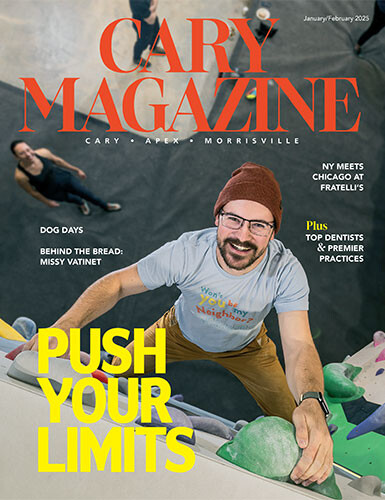When the COVID-19 pandemic began keeping people home in March 2020, some who had been thinking about adding a pet to their family saw an opportunity: Time at home equaled time to devote to a new pet.
“In conversations, I found there were a lot of people who wanted to get a pet and didn’t, because they weren’t home enough,” said Molly Stone-Sapir, director of Community Initiatives and a pet behavior specialist with the SPCA of Wake County. “When it came to be that so many people had more time at home, this idea that they thought wasn’t feasible became more feasible.”
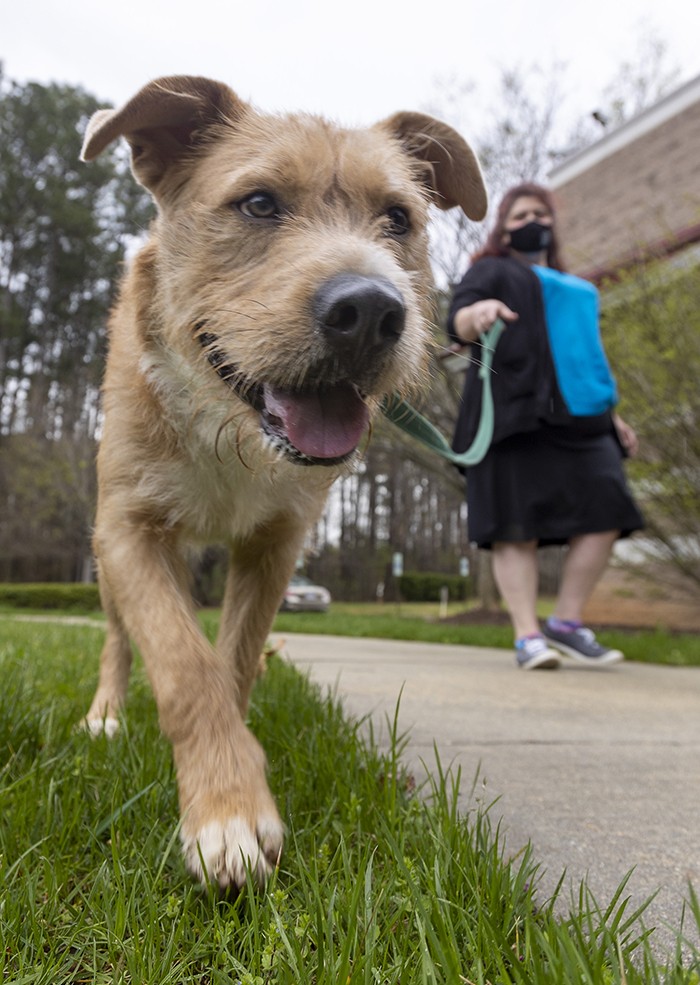
Molly Stone-Sapir works with Jocky, a year-old medium-sized mixed breed dog. They are practicing self-control in distracting situations, walking on a leash and other skills.
As people begin returning to the office, more than a year later, new pet owners are wondering how to help their pet get used to spending more time alone.
“I do have a little concern about returning to the traditional schedule, because I feel like Mickey can get bored when I am working all day,” said Heather Murray of Apex, who adopted her dog during the pandemic.
She saw the time at home as the perfect opportunity to add Mickey to her life.
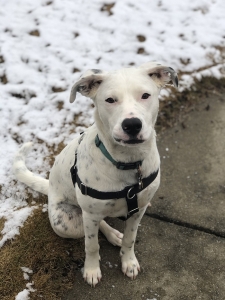
Mickey
“Like many, I was staying at home stewing in my anxiety and wanted something to take my mind off of that,” Murray said. “When thinking about adopting a furry friend logistically, it all made sense — puppies require a lot of time and commitment to training.”
She teaches theater at a local charter school, which returned to hybrid learning in September. Mickey has adjusted well, but he will have to make one more adjustment when the school returns to a full in-person schedule, keeping Murray away from home more.
Stone-Sapir and Margaret Gruen, assistant professor of Behavioral Medicine with North Carolina State University’s College of Veterinary Medicine, say every animal will be different in adjusting to change. Dogs are more likely to show signs of anxiety when their routine changes, however, cats can show signs as well.
“It depends on the individual pet for sure — there is a huge range in personality and temperament,” Gruen said. “In general they adapt pretty well, but like everyone, the more we can prepare them the better they’re going to do.”
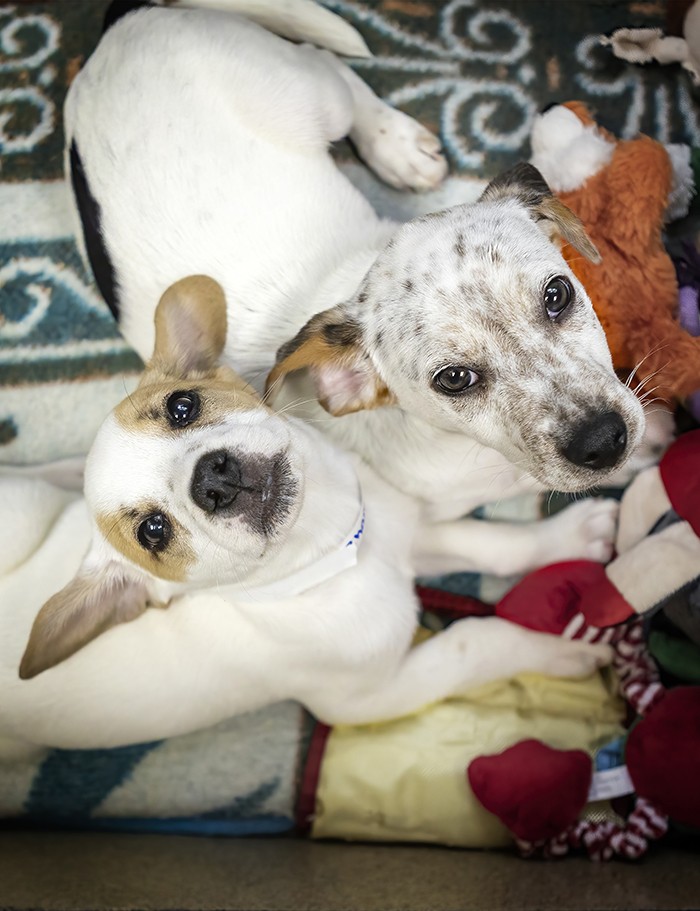
Puppies wait to be adopted at the SPCA of Wake County.
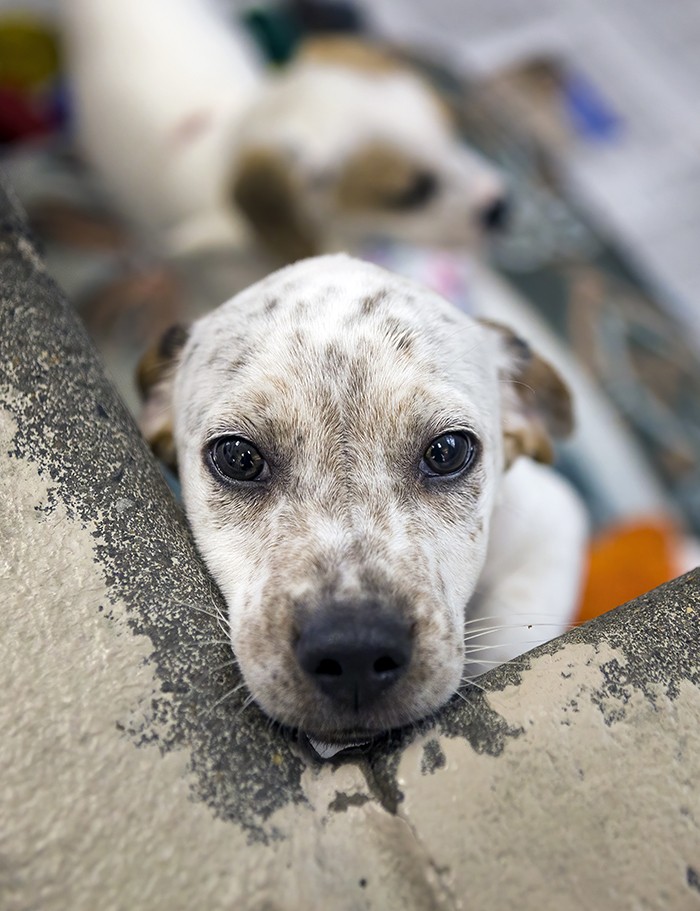
Puppies wait to be adopted at the SPCA of Wake County.
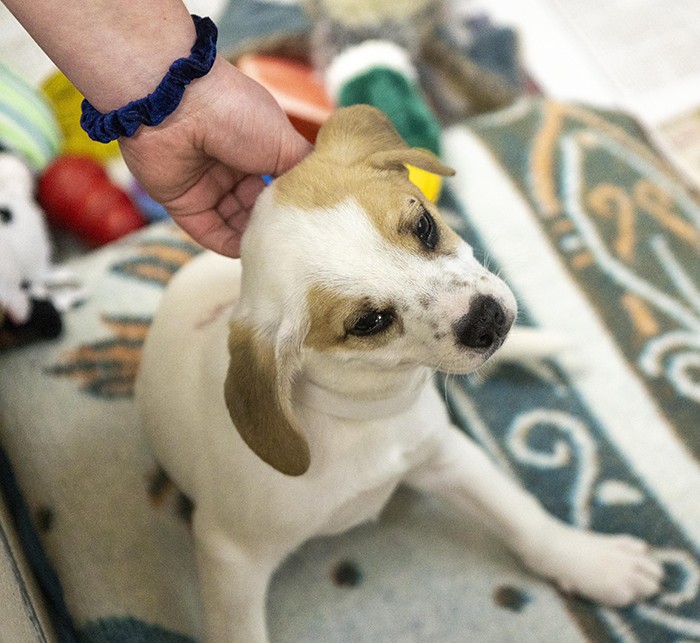
Puppies wait to be adopted at the SPCA of Wake County.
Prepare for change
Gruen’s advice is, in fact, the short answer for pet owners: Start preparing your pet ahead of time.

Brie
Think about what the animal’s day is going to look like and try to replicate that now, before the owner has to be away at work, Gruen says. If the pet isn’t used to being left at all, owners can work up to longer periods of alone time, beginning with brief interludes and slowly extending them, Stone-Sapir says. A good start could be just walking to the end of the driveway and back.
Pet owners making other changes to the routine can practice those now as well, such as adding a dog walker. With cats, specifically, Gruen says studies have shown that cats who get played with more frequently display fewer behavioral issues. So make some time to play with your cat during the hours that you are home.
This type of pre-planning is exactly what Rocio Lopez and her husband, Mike Trovero, are doing for their Labradoodle puppy, Brie. The couple and their four children added Brie to the family during the pandemic.
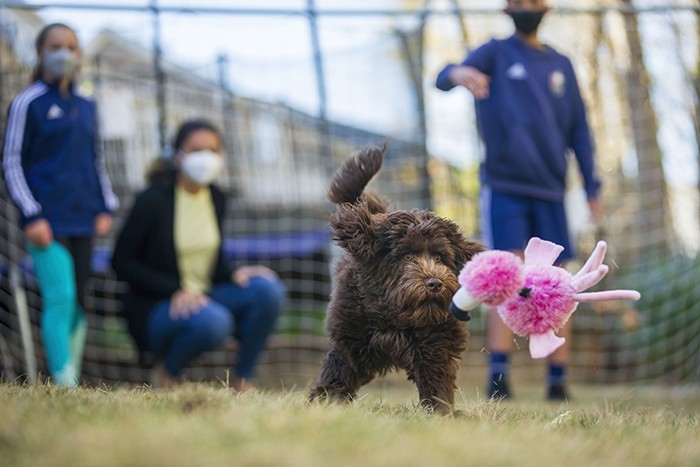
Brie the Labradoodle eyes a stuffed bird during playtime with Rocio Lopez, center, and her children, Valentina Trovero, 11, left, and Lorenzo Trovero, 13.
“It seemed like the right time to us, between spending more dedicated time to training the puppy and ensuring that they have all the positive attention that they need,” Lopez said.
The family feels lucky that their return to the office has been gradual. They made plans to get a dog walker, and are currently taking Brie to dog daycare two days each week for socialization, Lopez says.
“The dog is fine being left alone but loves people around,” she said. “Our concern is ensuring the transition back to more time away from home is gradually paced for all of us.”
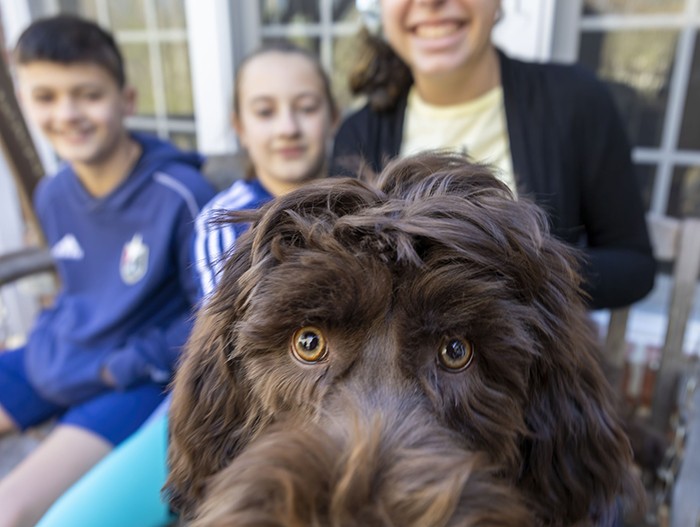
Signs of a problem
The most common problem for dogs and cats is separation anxiety, Gruen says.
Separation anxiety when the owner is not home may be marked by excessive vocalization, salivation, pacing, panting or whining, according to Stone-Sapir. In more serious instances, the pet may chew or be destructive inside the house. Specifically, pet owners may notice dogs chewing or digging in areas where someone would enter or leave, such as the door frame. Animals may also urinate or defecate where they shouldn’t.
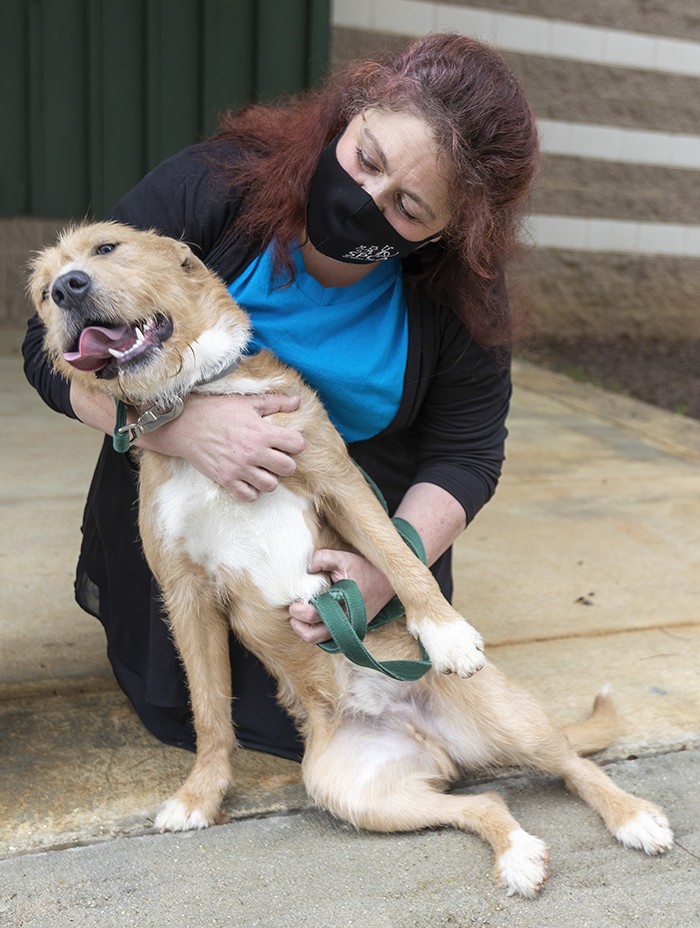
Molly Stone-Sapir gives Jocky a cuddle during a training session. The high-energy dog, who was returned to the SPCA by his first owner, is now getting the training and socialization he needs.
Sometimes, it’s small and manageable. A pet may pace or whine for a couple minutes and then relax. At the other extreme, it can last much longer and be more destructive, Stone-Sapir says.
Gruen stresses that owners should seek help and remember the animal isn’t acting out of anger, and to have patience.
“Owners should recognize that the pet isn’t doing it because they’re mad at them. It’s because their dog is distressed by being without them,” she said. “Training and medication, if needed, are about working to change the whole emotional context of people leaving.”
Tips to Help Your Pet Adjust
As pet owners begin to head back to the office, both Margaret Gruen and Molly Stone-Sapir urge pet owners to start preparing their pets ahead of time when possible.
- If the pet will be put in a crate or restricted to certain parts of the home, work on that in short bursts before leaving them all day, Gruen says.
- If the pet has not been left alone, leave for short periods and gradually build up the time, says Stone-Sapir.
- Don’t make a fuss when coming and going, she says. This cuts down on the pet’s anxiety when it sees nothing special happens when the owner leaves or returns.
- Associate leaving with something fun, Gruen says. Fill a Kong with peanut butter, for example, and make that a special treat that the dog only receives when you’re away. It will also keep the dog occupied in the owner’s absence.
- Start new routines in advance. If the owner plans to come home every day at lunch to walk the dog, or plans to hire a dog walker, start those routines before returning to the office.
- If problems do arise, owners can take several steps. Force-free behavior modification information is online and at local libraries, Stone-Sapir says. If owners can’t get resolution on their own, contact a pet behavior consultant or trainer.
- Owners can also contact their vet for help, Gruen adds. Medications exist to help with separation anxiety, and a vet can explore those options if necessary.
